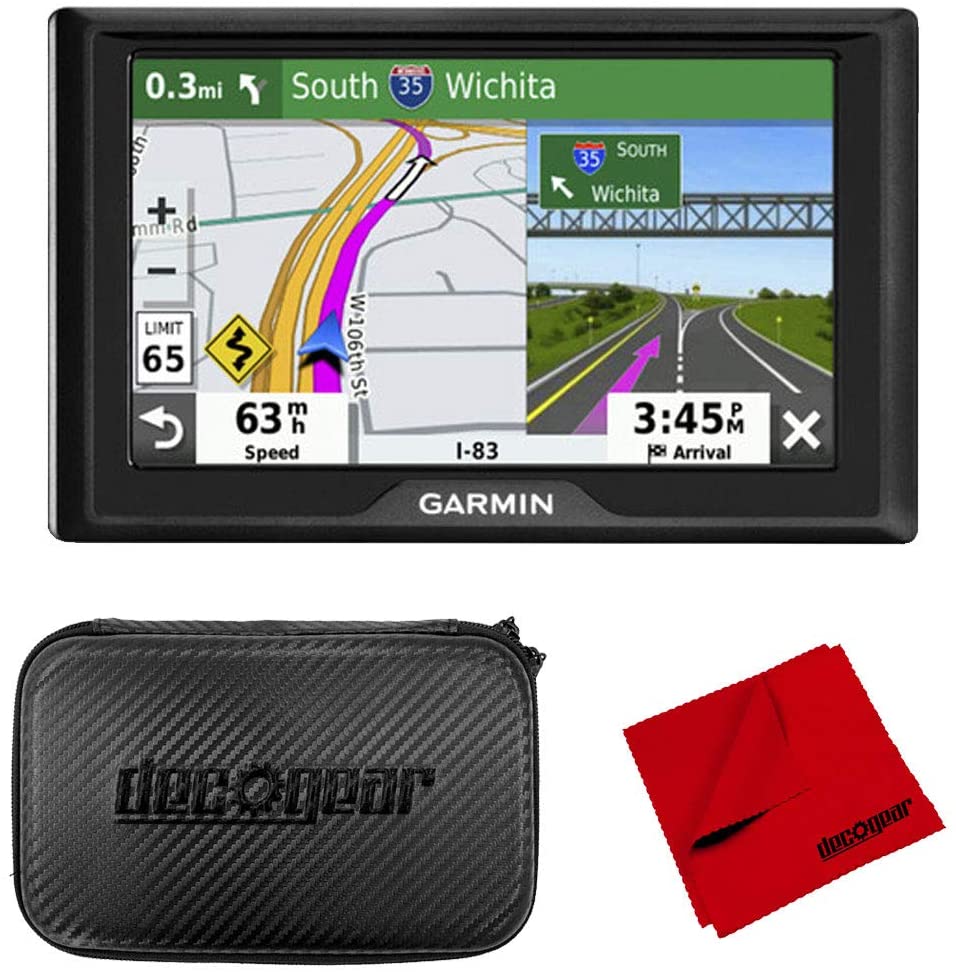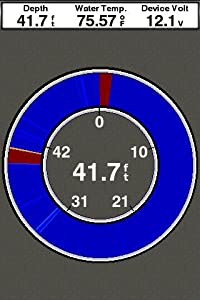Last updated on August 28th, 2022 at 03:34 pm
Last updated on August 28th, 2022
At face value, anyone can tell you what a GPS is. That is because we all use GPS in our daily activities. We know that we use it to know where we are or where we want to go. You can also use it to determine the distance between where you are and where you want to go. The GPS can also help you know the fastest route to your destination. But what exactly is this GPS, and how does the GPS work?
What is GPS?
GPS stands for the Global Positioning System. It is a system comprising of more than 30 satellites that orbit the Earth twice a day. These satellites send signals constantly, which helps us know where they are. There are three facets to the GPS; the satellites, the ground stations, and the receivers. Knowing how these three things correlate is going to help you know how the GPS works.
When Was It Made?
The U.S military made the GPS. The first satellite was officially launched in February 1978. Almost ten years later in 1989, the first hand-held GPS receiver was introduced by the Magellan Corp. GPS also featured in Operation Desert Storm in 1992.
The system was made for use by the military, but in March 2000, civilians were made free for use. President Bill Clinton made the global positioning system free for use by civilians. Today there are more than 30 satellites in space, with 24 of them orbiting the Earth two times a day. The other satellites fill the gap when the other satellites need servicing to ensure there is complete coverage at all times.
How Does GPS Work?
Ancient sailors would look to the sky to know where they are. They would use the stars to let them know their positioning and where they are headed. These days, we have satellites. These satellites act as our stars as they tell us where they are.
We know the positioning of the satellites at any given time because we know where they are. This is because they transmit signals that give us their location and time.
The second part of the GPS is the control segment, also known as ground stations. These stations use radar to confirm that the satellites are where they say they are. There are several monitors and control stations that help the satellites stay in their orbits. These ground stations can adjust the satellites and make them move to a specific location if needed.
The last part of the global positioning system is the user segment, or as we like to call it, the receiver. The receiver is what we have on our phones or cars. They listen for signals transmitted by the satellites then they can figure out how far away they are.
So, to tie it all together, the GPS consists of the satellites, the ground stations, and the receiver. The satellites transmit signals from where they are in space. The ground stations read these signals to confirm that they are where they say they are while the receivers calculate the distance from the satellites to help you know where you are.
Components of GPS
There are three components to the GPS;
- The satellites- there are more than 30 satellites in space, with 24 transmitting signals that give their position and time.
- The space stations- these stations maintain the satellites in their orbits. They are used to track and maintain the health of the satellites. They make sure the satellites are where they are supposed to be, their location and time, and
The receiver- this is what receives signals from the satellites and uses the transmissions to find your exact location and time.
- It uses all three of its components to get the work done;
- The satellites send the one-way signal of their location.
- The tracking stations use radio signals to locate the orbit of the satellites.
- Command center transmits data, time, and location of all satellites.
- Four satellites transmit synchronized time and place data to Earth.
- Receivers calculate the position using the orbital data and the different times that the signals from the four satellites arrive to get the location.
How to get the exact position
For you to get your exact positions, you will need at least 4 satellites. There are always 4 satellites within the Earth’s line of sight, no matter where you are. Each of these satellites transmits signals that tell the exact time the signal is sent and the exact satellite position relative to the Earth’s center.
To get your location, you have to multiply the amount of time taken for the satellite signal to reach you by the speed of light, taking into account that the speed of light is constant. To get your exact location, you factor in the satellites’ positions and the distance to get where you are.
So why does it need four satellites, why not just three? If you use only three satellites, you will still get your location, but it will not be completely accurate. The three satellites are going to give an approximate position of where you are. The fourth satellite helps to know the exact and correct position of a place at any time. How you ask.
Due to the theory of relativity, time moves faster from objects far from the source of gravity. This means that satellite clocks are faster by 38 microseconds than those on Earth’s surface. Getting a reading from just three satellites can be off by nearly 6 miles. The fourth satellite is used to calculate your exact position without a doubt.
Final Words
In short, the satellites send the signal, the ground station interprets the signal, and the receiver calculates the data sent to give you your precise location. GPS is used in everyday activities like tracking goods, finding your location, or finding the best way to get to a place. I hope that you now know what GPS is and how does GPS works.





